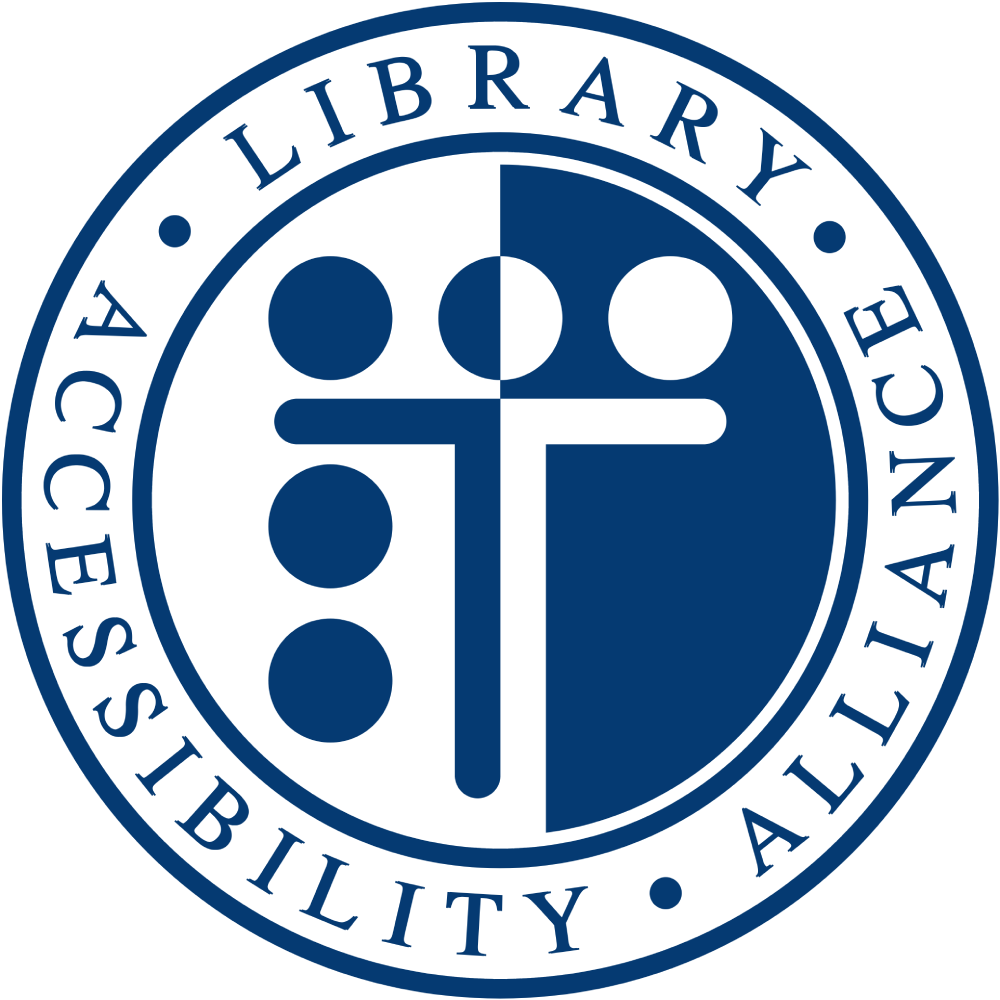This assessment covers portions of the LinkedIn Learning platform. The assessment revealed some problems with screen reader compatibility, resulting in screen reader users sometimes missing critical information needed to understand how to operate the features.
Top 3 Issues:
- Meaningful Labels – labels for buttons or links are not always descriptive as to the purpose. When form fields or interactive controls have vague or misleading labels, people may not understand the type of data expected or what a control will do if activated. This is especially true for people with cognitive disabilities and people who are blind and use a screen reader. Both the visible and the programmatic label must sufficiently describe the purpose of the form field or control. Descriptive labels give people confidence when filling out a form or using interactive content and help prevent mistakes.
- Page Structure – the page format is not always structured in a way to help a screen reader user to understand content. People who are blind cannot rely on the visual appearance and layout of a page to understand how links within a collection of links relate to each other or the page content. When navigation links appear in logical visual groups, their relationship must also be conveyed programmatically using semantic markup such as HTML list, heading, or <nav> elements, or ARIA landmark or menu markup. This will allow screen reader users to understand relationships that are apparent visually.
- Image Icons – the image icons do not always have a meaningful text alternative. People who are blind cannot see images on a page. In order to give people who cannot see an image access to the information conveyed by the image, it must have a text alternative. The text alternative must describe the information or function represented by the image. Screen readers can then use the alternative text to convey that information to the screen reader user.
 Library Accessibility Alliance
Library Accessibility Alliance